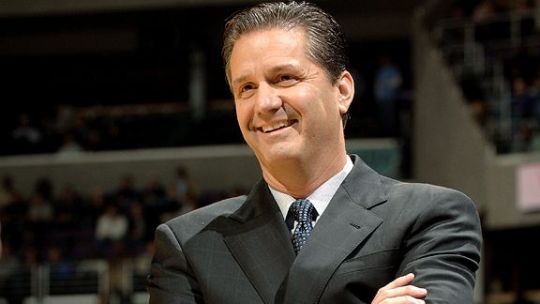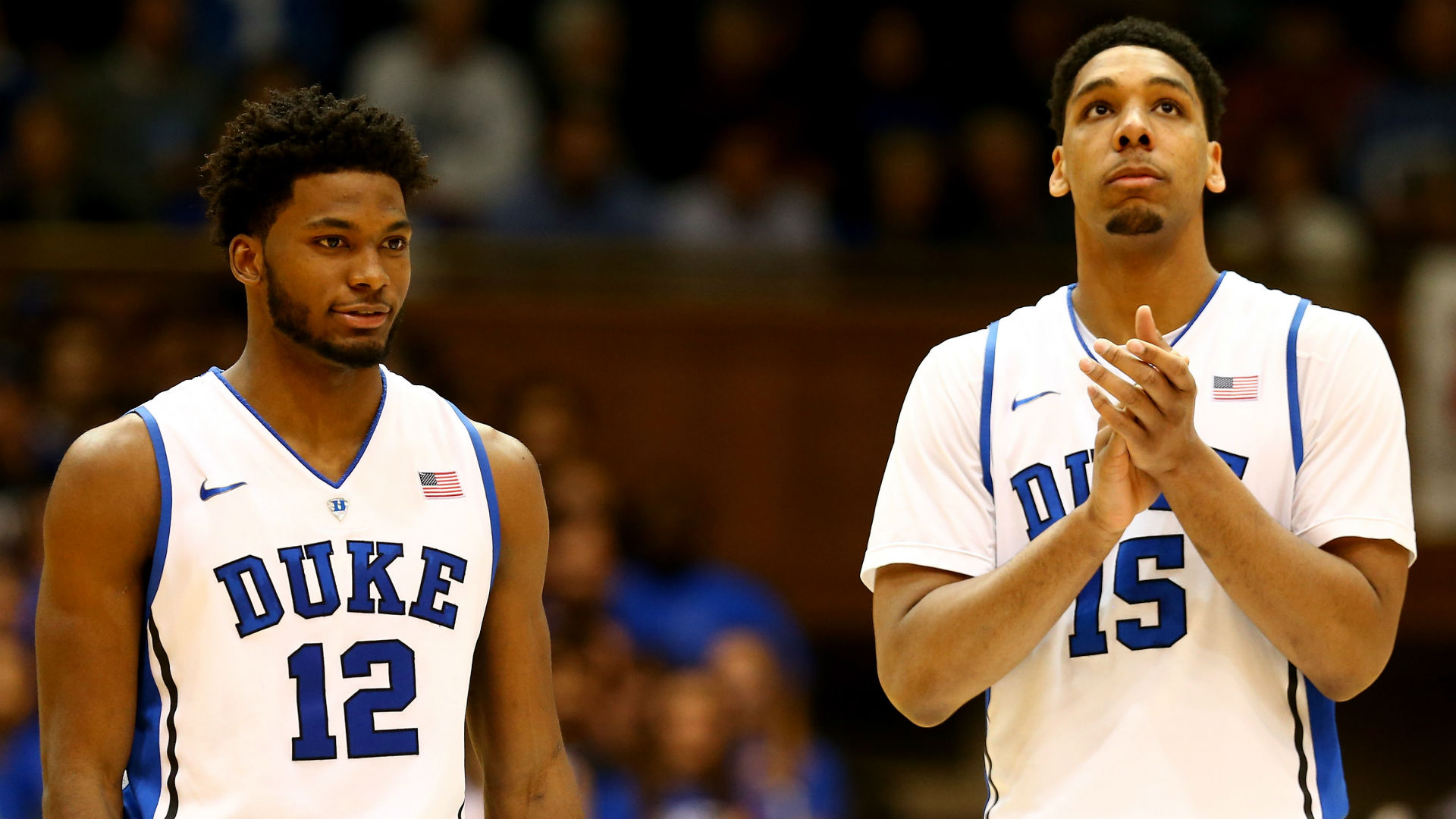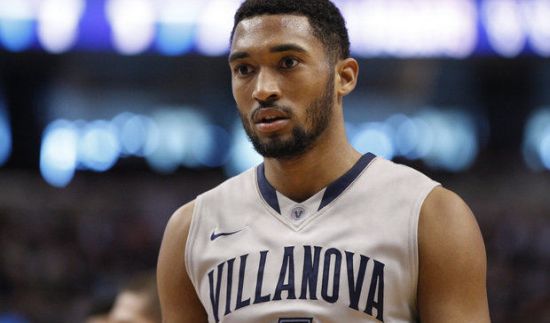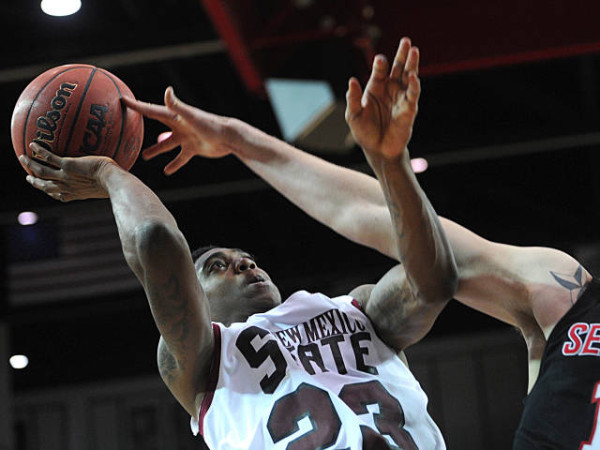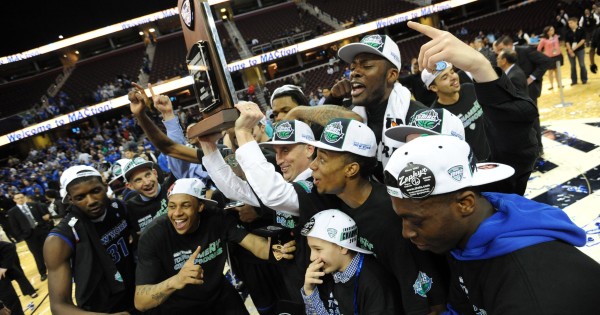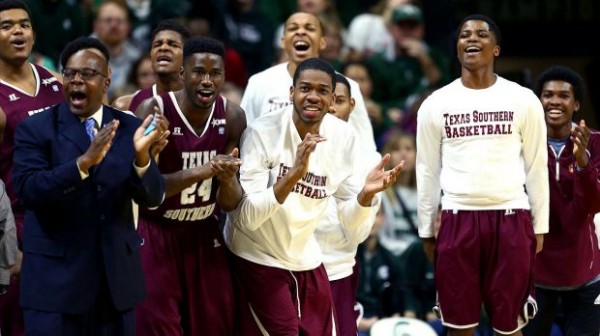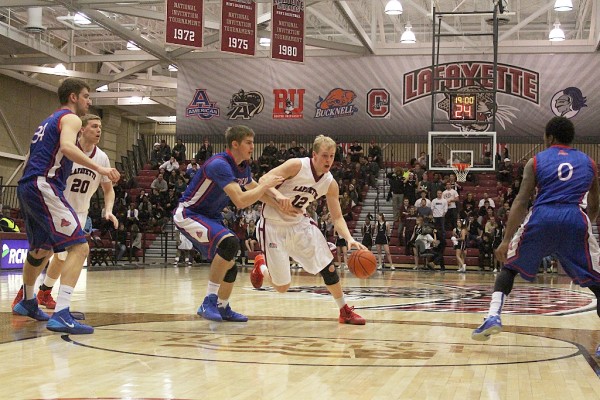Bracket Prep: West Region Analysis
Posted by Andrew Murawa on March 17th, 2015Throughout Tuesday, we will roll out our region-by-region analysis on the following schedule: East (10:00 AM), South (11:00 AM), Midwest (1:00 PM), West (2:00 PM). Here, Andrew Murawa (@amurawa) breaks down the West Region from top to bottom. Also, be sure to follow our RTC West Region handle on Twitter for continuous updates the next two weeks (@RTCwestregion).
West Region
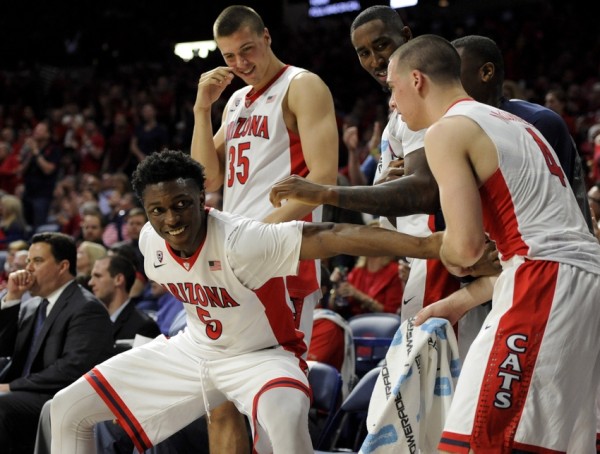
Stanley Johnson And His Arizona Teammates Have To Be Considered Co-Favorites In The West Region. (Getty)
Favorite: Arizona, #2, 31-3. Wisconsin fans won’t like this, so let me first cover my butt: The Wildcats are the second-best team nationally according to KenPom and the Badgers are the third-best. Still, for my money, they’re co-favorites and the spread will likely not be larger than a point if they meet in the regional final. The other advantage that the Wildcats will have in a potential meeting with the Badgers is that their fans will make the easy drive from Tucson to Los Angeles and pack the Staples Center, giving Arizona a relative home court advantage. And then there’s this: Arizona is very, very good. Senior point guard T.J. McConnell is Aaron Craft with an offensive game. Junior power forward Brandon Ashley is finally back at the top of his game after breaking his foot last year. Freshman phenom Stanley Johnson is among the best first-year guys in the nation and is a grown man physically. And his fellow wing Rondae Hollis-Jefferson is a dynamic individual defender capable of taking even the best offensive players – from point guards to power forwards – out of their games. If the Wildcats have a weakness, it is that they can at times go for long stretches at a time without scoring. UCLA held them without a single point for six minutes at the start of their matchup in mid-February. It’s certainly true that the Wildcats have improved since then, and even given that handful of struggles, they are still rated as the 11th-most efficient offensive team in the nation. It will take a near-Herculean effort for anybody in Arizona’s half of the bracket to beat them prior to the regional final. But assuming the two favorites get there, it is a toss-up.
Should They Falter: Wisconsin, #1, 31-3. Let’s throw out the Badgers’ head-scratching loss to Rutgers without National Player of the Year favorite Frank Kaminsky in the lineup. Aside from that, the Badgers lost at home to Duke (another #1 seed) and at Maryland in late February. On Sunday, they were taken to overtime in the Big Ten championship game by Michigan State before turning it on in the extra period and taking out the Spartans. Beyond that, they’ve been on cruise control throughout most of this season. Kaminsky has put together one of the most stupendous offensive seasons in recent history. Nigel Hayes and Sam Dekker have taken huge leaps forward. And even after losing senior point guard Traevon Jackson to a foot injury in that same mid-January loss to Rutgers, sophomore Bronson Koenig stepped in and may have even improved upon Jackson’s level of play. The senior could be back for the Badgers as early as their opening round matchup with Coastal Carolina, providing quality veteran depth. But even if that never happens, this is the best offensive team in the nation and a group, as Michigan State learned on Sunday, very capable of turning into a very tough defensive team at the drop of a hat as well.
Grossly Overseeded: Oklahoma State, #9, 17-13. Okay, the RPI is flawed, that’s a given. But the Selection Committee uses it. And at #48 in the RPI with an 8-11 record against top 100 teams that includes losses to sub-100 RPI teams in both TCU and Texas Tech, the Cowboys are one of several examples of major conference teams with lousy records getting in over mid-major teams. Sure, the fact that the Cowboys were able to sweep Baylor and handle Kansas at Gallagher-Iba Arena means that they’re still a team that probably deserved to be in this NCAA Tournament. But their resume looks a lot more like a team that should have been headed to Dayton rather than in an #8/#9 game with a very favorable geographical placement.





























